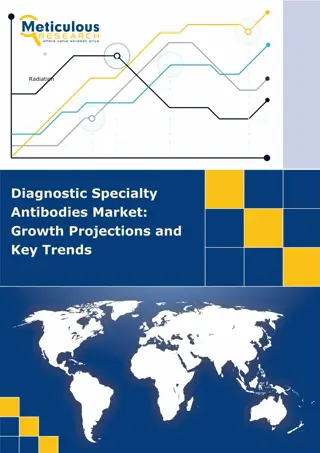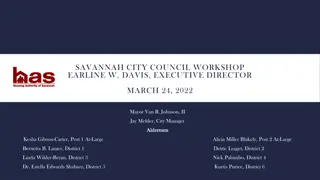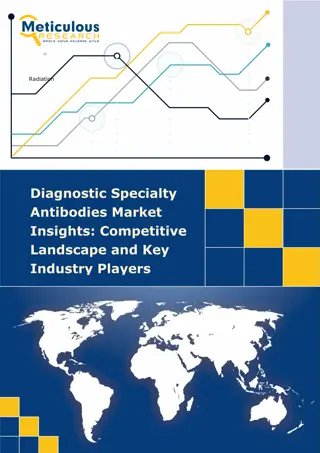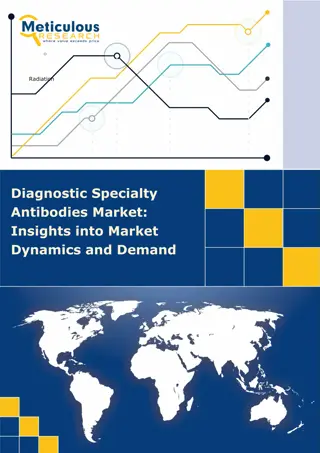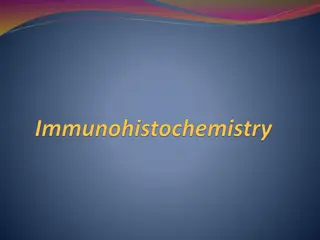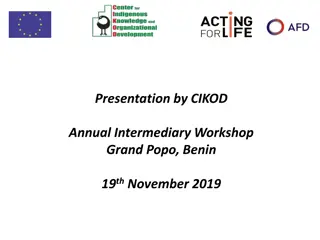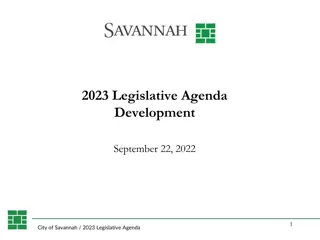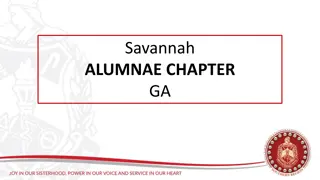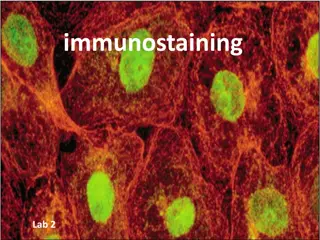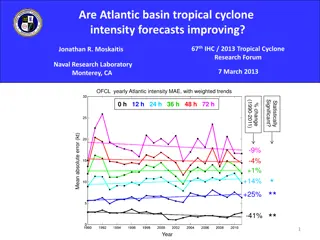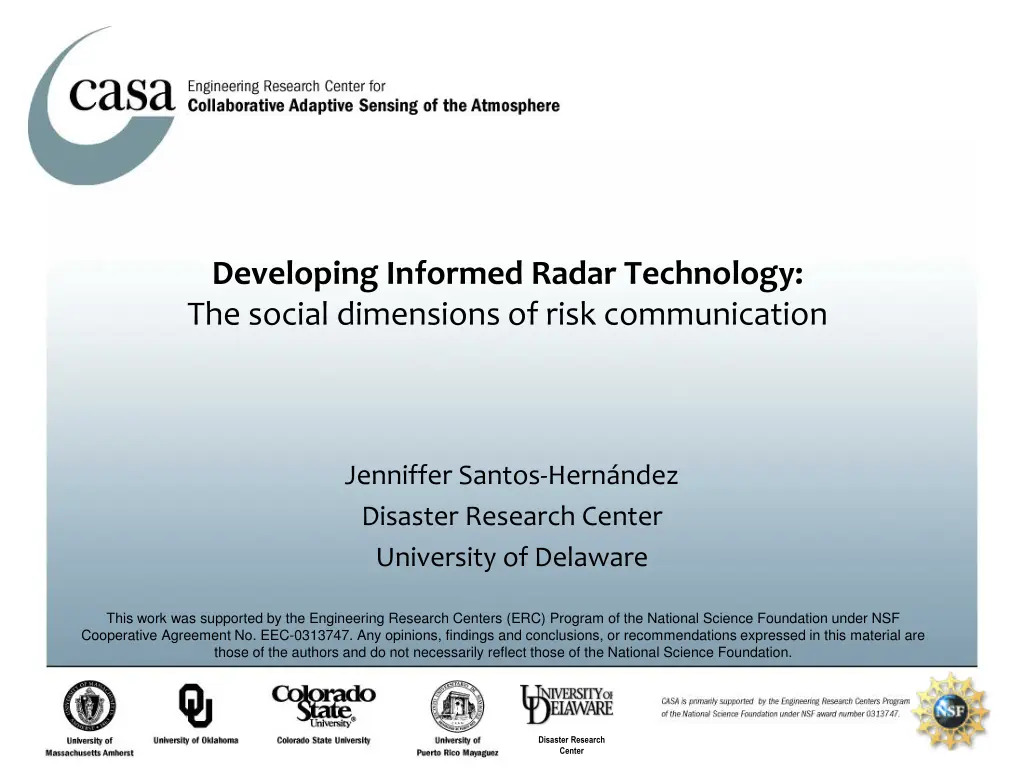
Understanding Social Dimensions of Risk Communication in Radar Technology
Explore the social aspects of risk communication in radar technology research, focusing on how improved forecasting reduces vulnerability to weather events. The study delves into decision-making factors, warning communication methods, and correct interpretation conditions through field research and surveys, particularly among emergency managers and the general public.
Download Presentation

Please find below an Image/Link to download the presentation.
The content on the website is provided AS IS for your information and personal use only. It may not be sold, licensed, or shared on other websites without obtaining consent from the author. If you encounter any issues during the download, it is possible that the publisher has removed the file from their server.
You are allowed to download the files provided on this website for personal or commercial use, subject to the condition that they are used lawfully. All files are the property of their respective owners.
The content on the website is provided AS IS for your information and personal use only. It may not be sold, licensed, or shared on other websites without obtaining consent from the author.
E N D
Presentation Transcript
Developing Informed Radar Technology: The social dimensions of risk communication Jenniffer Santos-Hern ndez Disaster Research Center University of Delaware This work was supported by the Engineering Research Centers (ERC) Program of the National Science Foundation under NSF Cooperative Agreement No. EEC-0313747. Any opinions, findings and conclusions, or recommendations expressed in this material are those of the authors and do not necessarily reflect those of the National Science Foundation. NSF Home Page NSF Home Page Disaster Research Center
The CASA Project Inter-disciplinary, Multi-institution research effort ERC Director: Dr. David McLaughlin, UMASS, Amherst Director of Industry, Government, and End User Partnerships: Brenda Phillips Senior Social Science Faculty: Havid n Rodr guez and Walter D az Other faculty associated to the DRC-CASA project: William Donner and Joseph Trainor DRC-CASA Graduate students: Jenniffer M. Santos-Hern ndez DRC-CASA Undergraduate students: Claudia Flores, Paige Mikstas, Yesenia Rodr guez, Spencer Schargorodski, Kathleen Shea, Stephen Shinn, Jasmine Wynn
Social Scientists in CASA How improved forecasting can reduce the exposure and vulnerability of individuals and property to every-day and extreme weather events? What factors inform weather related decisions at different levels? How are warnings communicated to the general population? Under what conditions are these warnings interpreted correctly? Through the use of field research, focus groups, in-depth interviews, and surveys, we are examining how the end-user community, particularly emergency managers and the general public, access, interpret, utilize, and respond to weather forecasts Use of both qualitative and quantitative approaches
Research Efforts Survey of emergency managers access and use of weather information In-depth interviews with emergency managers, weather forecasters, and other emergency management related personnel to understand the processes by which emergency managers acquire, manage, and use weather information (Oklahoma and Puerto Rico) Quick-response research after Hurricane Katrina Quick-response research after tornado warnings Phone Survey on response to tornado warnings Social Vulnerability Index for Puerto Rico Online GIS integrated platform Disaster Decision Support Tool Evaluation of the implementation of FEMAs CERT program in Puerto Rico
Objectives Public Response Phone Survey Explore and describe public response and the household decision making process following a severe weather warning or a hazard event Using Computer Assisted Telephone Interviewing (CATI), explore the public s response to severe weather warning/events in communities in Oklahoma, Kansas, Minnesota, Illinois, Mississippi, Tennessee and Alabama in 2008 and 2009. Develop quantitative and predictive models, which are based on initial extensive qualitative research with emergency managers and the general public following severe weather events
Grounded Approach: Qualitative Quantitative Quick Response Phone Surveys . Two-Step Sampling Process Methodology DRC-CATI Deployment Outside of Test Bed Scenarios -Tornadoes - Event with Warning - Event NO Warning Event Inside of Test Bed Scenarios Characteristics NWS Product Magnitude Damage Media Coverage -Severe Weather -Tornados - Event with Watch/Warning - Event NO Watch/Warning - False Alarm County Selection Criteria Event Demographic and Socio-Economic Characteristics Characteristics NWS Product Magnitude Damage Media Coverage Race Income Education Age
Questionnaire 127 questions in total yielding about 429 variables: Damage to home, business, or other property Shelter availability and preferences Social Vulnerability Social Networks Insurance coverage Effectiveness of Siren Systems Behavioral outcomes of lead time Social and environmental cues Protection of possessions and pets Reception of warnings and watches Understanding of warnings and watches Questions on false alarms Geographic warning specificity Past experience with other disasters
Methodology GENESYS Sampling Systems: Genesys provided samples based on DRC sampling requests in the impacted areas Over 600 interviews completed in counties in Oklahoma, Minnesota, Kansas, Illinois, Mississippi, Tennessee and Alabama. Average duration of interviews: 35 minutes Calls were made 1-3 weeks after event
Demographic Characteristics Gender Gender 80.00% 69.00% 69.00% 70.00% 60.00% 50.00% 40.00% 30.50% 30.50% 30.00% 20.00% 10.00% 0.50% 0.50% 0.00% Male Female Refused
Demographic Characteristics Racial Composition Racial Composition 2.00% 2.00% 3.00% 3.00% 2.50% 2.50% 1.00% 1.00% 10.50% 10.50% White Black Pacific American Indian Other Refused 81.00% 81.00%
DemographicCharacteristics Age Age 35% 35% 40% 35% 25% 25% 30% 21% 21% 25% 20% 10% 10% 15% 7% 7% 10% 3% 3% 5% 0%
Demographic Characteristics Annual Income 30% 25% 25% 23% 23% 25% 19% 19% 20% 14% 14% 12% 12% 15% 7% 7% 10% 5% 0%
Were you aware that a tornado or severe storm had been observed in the surrounding area before it got to your town? Don t know Don t know 3% 3% No No 13% 13% Yes Yes 84% 84%
Did you receive a warning or notification of a tornado or severe storm in your region? 100.00% 85.85% 85.85% 90.00% 80.00% 70.00% 60.00% No No Yes Yes Don t Know Don t Know 50.00% 40.00% 30.00% 20.00% 9.30% 9.30% 4.85% 4.85% 10.00% 0.00% No Yes Don t Know
From whom did you receive this information? From whom did you receive this information? Parents Siblings Friends 42.3% Neighbors Fire Department 53.8% Emergency Manager Hospital Mass Media Other: Siren
After receiving the warning or notification, what did you do? Sought more information Looked outside a window 5% 2% 2% 4% Continued what they were doing Took shelter 11% 6% 5% Protective Actions 25% Protected private goods 40% Protected pet Called others Other
When you first found out a tornado or severe storm was present inside or near your town or city, about how many minutes did it take before it hit your neighborhood? (Average = 27.9 minutes) 22.9% 25.0% 20.5% 20.5% 20.0% 14.5% 15.0% 10.8% 9.6% 10.0% 5.0% 1.2% 0.0% 0_5 6_10 11_15 16_20 21_25 26_30 36+
Did the tornado sirens in your community go off? 80.00% 72.80% 72.80% 70.00% 60.00% 50.00% 40.00% 30.00% 20.00% 13.60% 13.60% 9.40% 9.40% 10.00% 4.20% 4.20% 0.00% Yes No There are no sirens Don t know
Did you look outside to verify whether the tornado or severe storm was coming? 80.00% 66.90% 70.00% 60.00% 50.00% 40.00% 33.10% 30.00% 20.00% 10.00% 0.00% Yes No
Did you receive information from the Internet during the last 30 minutes before the tornado or severe storm arrived? 90% 85% 85% 80% 70% 60% 50% Yes Yes No No Don t know Don t know 40% 30% 20% 14% 14% 10% 1% 1% 0% Yes No Don t know
Why did you not receive information from the internet? 8.1% 1.8% 8% 3.6% 8.9% 2.7% 9.8% 57.1% Power Outage Do not have access to the Internet Already seeking shelter Computer off Computer off No access to computer Enough Information Other
Did you receive information from television during the last 30 minutes before the tornado or severe storm arrived? 90.00% 80.00% 70.00% 84.00% 60.00% 50.00% 40.00% 30.00% 16.10% 20.00% 10.00% 0.90% 0.00% No Yes Don t Know
Did you take any actions to protect yourself, your family, or your property from the hazard event? 70.00% 58.60% 58.60% 60.00% 50.00% 41.15% 41.15% 40.00% 30.00% 20.00% 10.00% 0.25% 0.25% 0.00% Yes No Don t Know
What information led you to seek shelter? 0.4% 0.4% Refused 0.8% 0.8% Don t Know 19.2% 19.2% Other 6.0% 6.0% Tornado warning 34.0% 34.0% Sirens 11.6% 11.6% Radio gave specific information about what action 40.8% 40.8% Local TV gave specific information about what 3.2% 3.2% NWS specific information about what action to take 2.0% 2.0% Somebody called me 12.4% 12.4% Saw tornado or storms approaching on TV 6.4% 6.4% Personally saw tornado approaching 0.0% 5.0% 10.0% 15.0% 20.0% 25.0% 30.0% 35.0% 40.0% 45.0%
NOAA Radio Ownership Do you own a NOAA weather radio? Do you own a NOAA weather radio? 2% 2% 1% 1% 31% 31% 66% 66% No Yes Don t know Refused
How often would you say you listen to a NOAA radio How often would you say you listen to a NOAA radio for information about tornadoes or severe storms? for information about tornadoes or severe storms? 1 (Never) 2 2% 2% 13% 13% 3 4% 4% 4 3% 3% 5 (V. Frequently) 8% 8% Don t know 70% 70%
Tornado Watch & Warning and False Alarms Respondents appear to have difficulty in understanding the differences between watches and warnings and what is a false alarm Participants seem to understand that watches and warnings represent some type of danger, but they are unable to clearly differentiate between these two concepts
Watch Definition: Examples I think the watch is the more dangerous one Same as a warning When the TV flashes yellow They put it up on the TV and tell you what time it will be in your area and when to take shelter They feel like there s one [tornado] in our vicinity A tornado is on the ground near your house Tornado was been sighted in my area Watch for the tornado coming to you
Watch Definition Could you please describe what you think a tornado watch is? Disagrees with NWS definition 27% Agrees with NWS definition 47% Disagrees: Scientific terms 13% Disagrees: confuses watch with warning 13%
Warning Definition Could you please describe what you think a tornado warning is? Disagrees with NWS definitions 40% Agrees with NWS definitions 43% Disagrees: confuses watch with warning 9% Disagrees: Scientific terms 8%
False Alarm Definition Could you please describe what a false alarm is? Agrees with NWS definition 13% Common Use 19% Disagrees with NWS definition 65% Disagrees: Scientific terms 3%
In your opinion, how trustworthy are the weather forecasts provided in your region? 250 200 150 100 50 0 1 2 3 4 5 Refused Don t Know Not Trustworthy Very Trustworthy
Next Steps Continue CATI Survey; expand sample size and geographic areas Develop predictive models on protective action: Binary logistic model to predict protective action following severe weather warning or a hazard event Estimate the probability that the dependent variable will assume a certain value (e.g., take protective action or not) based on a number of independent variables
Technology and the social dimensions of risk communication Canon (1994) asserts that technology is not socially neutral and that we must have an understanding of the context in which it is implemented. Technology matters, but what really matters is the application of the substantive knowledge that we generate regarding how individuals respond (or not) to severe weather events and how can we improve their response in order to minimize the devastating impacts associated with these events.



